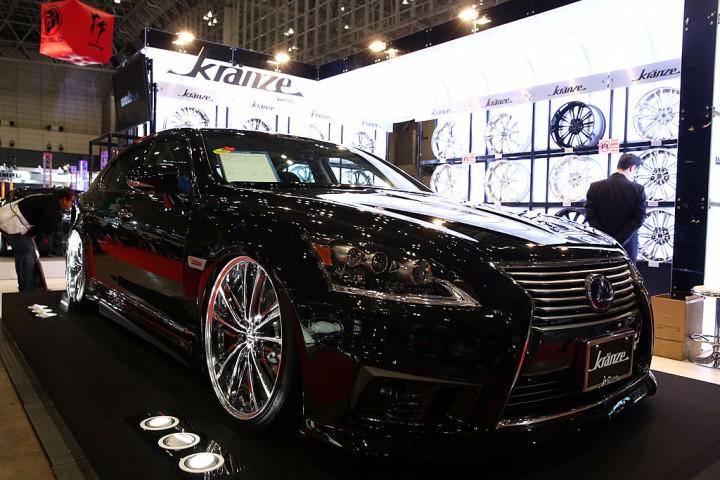
0
The Lexus Group Enthusiast - 2017 LEXUS LS TO GET A HYDROGEN VARIANT, RELEASE DATE SET TO 2019

The 2017 Lexus LS is set to get a hydrogen fuel cell powertrain variant which is set to be release in 2019. It is likely that its technology will be very similar to the LF-FC’s, meaning it may have one electric motor driving the rear wheels and two in-wheel motors sending power to the front.
It is worth nothing that just recently, spy photographers have caught the first prototype of the 2017 Lexus LS testing on the road. The car is still covered though by a thick black canvas color prompting that it will be a completely new design.
The fourth generation of the saloon representation of Lexus has been in business since 2006 so it is clear that a huge update is needed to be done for the 2017 Lexus LS as their main rivals have already surpassed the Japanese brand since all have modern versions of their models. One of them is the BMW 7 Series, which in the same time interval has launched three generations.
At the moment many details about the flagship of Lexus, the 2017 Lexus LS are still unknown, but recent news from Carscoops say that the executive saloon will feature the new global architecture of the company and offer gasoline powered V8 and V6 engines as well as a hydrogen variant set to arrive in 2019. For its part, Toyota recorded the LS500 and LS500h denominations last year, confirming these speculations.
Head of Lexus said that they know and have the technology of hydrogen fuel cells. The only challenge is how to package a fuel cell in a car that also needs a certain level of performance such as the 2017 Lexus LS. The premium buyers have certain expectations that needs to be maintain according to DriveSpark.
Rumors suggest that the 2017 Lexus LS will have a mechanical hydrogen fuel cell. If so, it would be one that would inherit all the advances in hydrogen than the group has been performing with the version of Toyota Mirai. This could mean that it will equip with an electric motor on the rear train and two on the front wheels.
Customer support service by UserEcho
